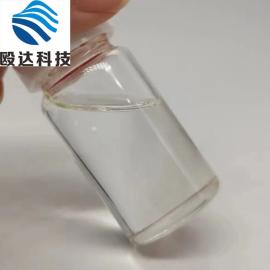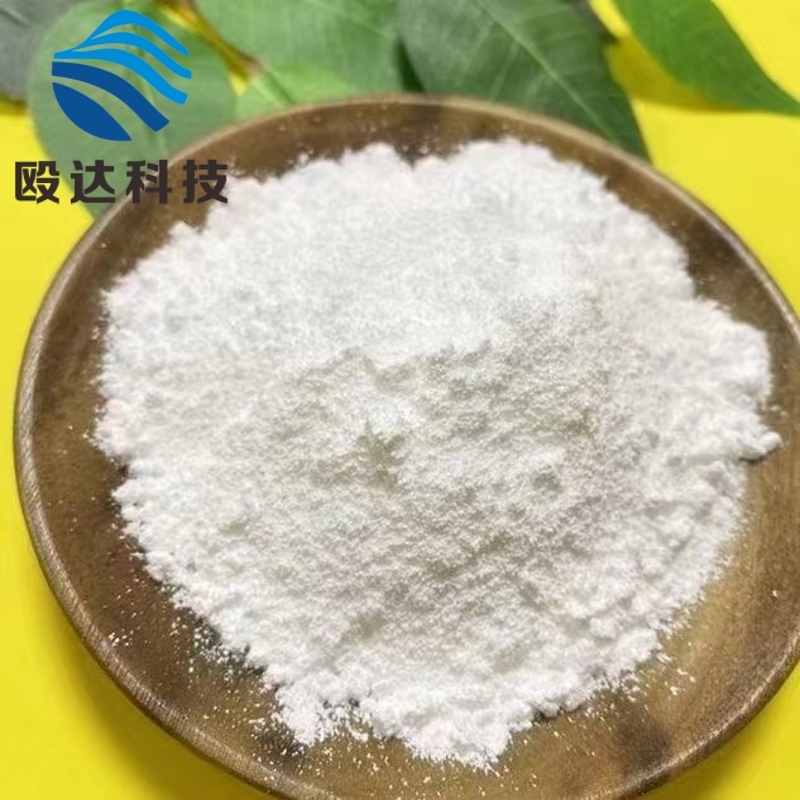-
Categories
-
Pharmaceutical Intermediates
-
Active Pharmaceutical Ingredients
-
Food Additives
- Industrial Coatings
- Agrochemicals
- Dyes and Pigments
- Surfactant
- Flavors and Fragrances
- Chemical Reagents
- Catalyst and Auxiliary
- Natural Products
- Inorganic Chemistry
-
Organic Chemistry
-
Biochemical Engineering
- Analytical Chemistry
- Cosmetic Ingredient
-
Pharmaceutical Intermediates
Promotion
ECHEMI Mall
Wholesale
Weekly Price
Exhibition
News
-
Trade Service
Sample name: Field of rice noodles: Original size of food: <2mm Expected fineness: Powdered sample size: 3 copies Subsequent analysis: Arsenic element detection Other requirements: No specific fineness requirements, but it needs to be ground into powder to increase the surface area Solution: In view of the properties of the sample (brittle and sugary), we recommend using a rotary grinder to process the sampl.
Selected model: Variable speed high-speed rotary grinder Pulverisette 14 Enhanced configuration: 12-rib stainless steel rotor + impact ring + 2mm Trapezoidal aperture special sieve ring for impact ring / 08mm Trapezoidal aperture sieve ring Speed: 16,000rpm Grinding time: 2min Final fineness: <50μm 16,000rp.
In order to improve the fineness of the sample after grinding, the arrow mark on the sieve ring should be placed downwar.
After the instrument is running, add the sample at a constant speed through the feeding funnel, the sample can pass through the 2mm sieve ring smoothly, and there is no phenomenon of blocking the sieve ring, and it is also feasible to process a larger amount of sample.
Use a 08mm sieve ring and add the sample at a constant spee.
The sample can pass through the sieve ring smoothly, and the dispersion state is goo.
When the sample is collected, the powder has good fluidity and no scorc.
Three samples were ground in the experiment, and the temperature of the grinding chamber was kept around 20°C, which could avoid the influence of exothermic heat on subsequent detectio.
The sample has a uniform dispersion and good fluidity after being cut and pulverize.
In order to avoid the change of the physical properties of the sample during the grinding process, the sample feeding speed is slo.
In actual operation, the sample feeding rate can be appropriately increased to obtain higher experimental efficienc.
Experiment picture description: The original size and shape of the sample 10-2 The state of the sample after passing through the 08mm sieve ring The state of the sample N.
10-3 after passing through the 08mm sieve ring
Selected model: Variable speed high-speed rotary grinder Pulverisette 14 Enhanced configuration: 12-rib stainless steel rotor + impact ring + 2mm Trapezoidal aperture special sieve ring for impact ring / 08mm Trapezoidal aperture sieve ring Speed: 16,000rpm Grinding time: 2min Final fineness: <50μm 16,000rp.
In order to improve the fineness of the sample after grinding, the arrow mark on the sieve ring should be placed downwar.
After the instrument is running, add the sample at a constant speed through the feeding funnel, the sample can pass through the 2mm sieve ring smoothly, and there is no phenomenon of blocking the sieve ring, and it is also feasible to process a larger amount of sample.
Use a 08mm sieve ring and add the sample at a constant spee.
The sample can pass through the sieve ring smoothly, and the dispersion state is goo.
When the sample is collected, the powder has good fluidity and no scorc.
Three samples were ground in the experiment, and the temperature of the grinding chamber was kept around 20°C, which could avoid the influence of exothermic heat on subsequent detectio.
The sample has a uniform dispersion and good fluidity after being cut and pulverize.
In order to avoid the change of the physical properties of the sample during the grinding process, the sample feeding speed is slo.
In actual operation, the sample feeding rate can be appropriately increased to obtain higher experimental efficienc.
Experiment picture description: The original size and shape of the sample 10-2 The state of the sample after passing through the 08mm sieve ring The state of the sample N.
10-3 after passing through the 08mm sieve ring







